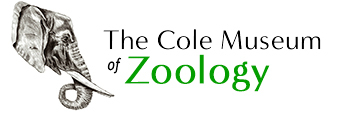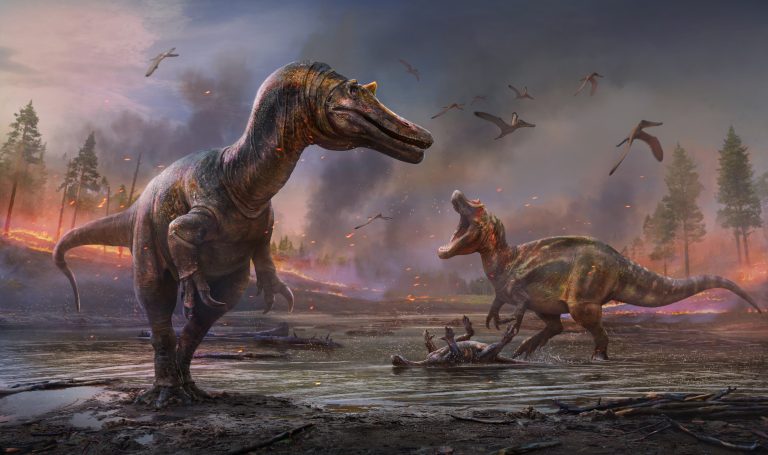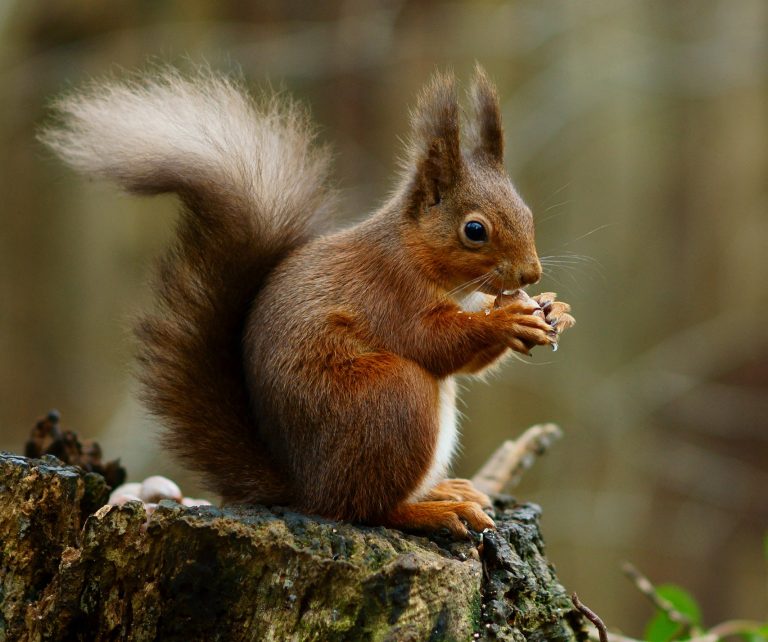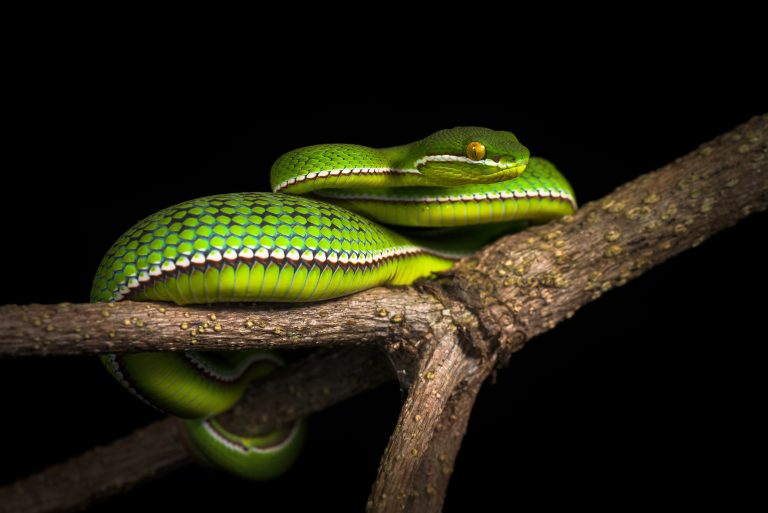New species discoveries in the School of Biological Sciences
-
Author
- emmadunford
-
Published Date
- May 7, 2024

Our planet is facing a biodiversity crisis, making the work we do in the University of Reading to combat habitat loss and climate change very important. At a smaller scale, it is important to understand and appreciate the life we have on our planet since we cannot protect species we do not know exist. Here, at the School of Biological Sciences, scientists in the Ecology and Evolutionary Biology division are discovering new species every year.
Dr Graham Holloway is a world expert on dermestid beetles; these are tiny animals often spotted on flowering plants and sometimes found eating our museum collections. Most are not museum pests, and many are very beautiful.

A selection of dermestid beetles from Mallorca, Spain.
To date Graham has described a whopping 11 new species of dermestid beetle, with another 10 ready to submit for publication. He works with students from MSc by Research Entomology
Published or accepted for publication (11 species, 9 on Zoobank, last two in press):
Anthrenus amandae Holloway, 2019. (Named after our curator Professor Amanda Callaghan, on display in the museum).
Anthrenus chikatunovi Holloway, 2020
Anthrenus corona Holloway, 2021
Orphilus aegeanus Holloway & Herrmann, 2023
Globicornis peckhamae Holloway & Canada Luna, 2023. (Named after MSc Entomology student Katie Peckham, authored by Ivan Canada Luna also an MSc Entomology student).
Anthrenus semipallens Holloway & Herrmann, 2023
Anthrenus mumbaiensis Holloway, 2023
Anthrenus bakaloudisi Holloway, Thanasoulias & Herrmann, 2023. (Named after his ex PhD student Demetris Bakaloudis, and George Thanasoulias an ex BSc Zoology and MSc Entomology student).
Anthrenus muehlei Holloway & Herrmann, 2024
Anthrenus valenzuelai Holloway & Herrmann, 2024
Anthrenus canadalunai Holloway & Herrmann, 2024 (Named after MSc Entomology student Ivan Canada Luna).
At the University of Reading, we believe it’s important for our research findings to reach the wider community. Nowhere is this more the case than with taxonomy and classification. One of our recent publications on this topic concerns the identification of a group of beetles from South Africa, genus Attagenus. South African Attagenus are beautiful and varied, and our work offers citizen scientists greater access to field based identification resources to deliver high quality data. High calibre online data offers scientists the opportunity to investigate species distributions and habitat associations. A perfect synergy!
Professor Amanda Callaghan, 2024.





